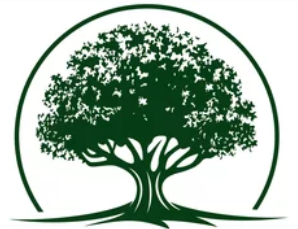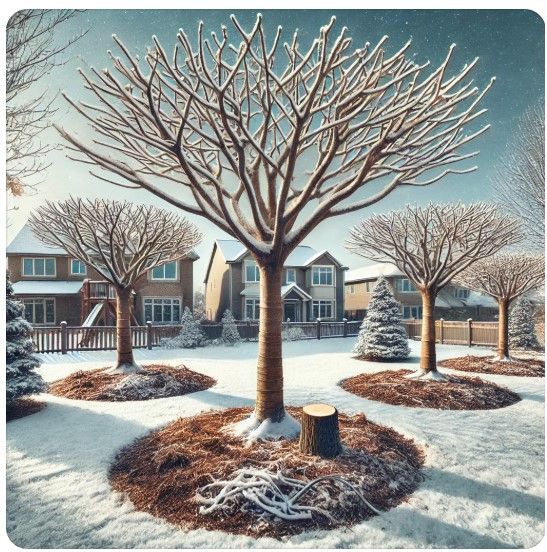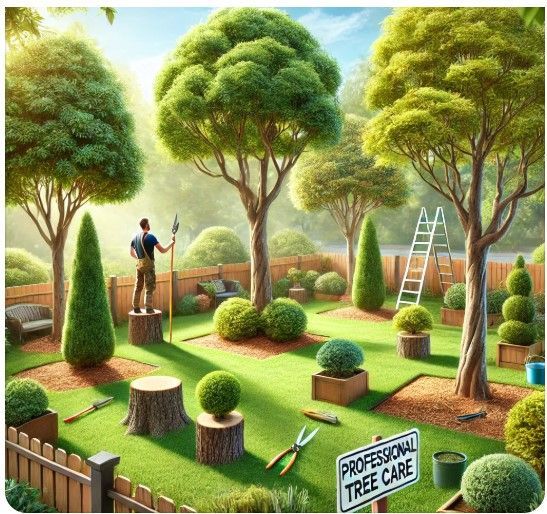
How to assess and address tree damage after severe weather.
Post-Storm Tree Care: Assessing and Addressing Damage to Protect Your Property and Ensure Tree Health
When a storm rolls through your neighborhood, it doesn’t just leave behind puddles and debris—it often leaves lasting damage to your landscape. Trees are particularly vulnerable to high winds, heavy rains, and lightning strikes, making them both a potential hazard and a source of beauty worth preserving. As a property owner, conducting a thorough post-storm tree inspection is essential for safety, preventing costly damage, and maintaining the health of your trees.
In this article, we’ll explore why post-storm tree inspections are so important, how to conduct them effectively, and when to call in the professionals. By understanding these essential steps, you can protect your property, keep your trees healthy, and safeguard your family.
Why Post-Storm Tree Inspections Are Essential
Storms can cause significant stress to trees, both visible and hidden. Even if your yard looks intact after a storm, your trees may have suffered internal or structural damage that could pose long-term risks.
Immediate Safety Concerns
A weakened tree can shed branches or topple over unexpectedly, posing a danger to:
Your home and vehicles
Utility lines and infrastructure
Neighbors and passersby
Addressing these hazards promptly helps you avoid accidents and liability issues.
Hidden Damage
Not all storm damage is immediately visible. Cracks in the trunk, root damage, or internal splits can weaken a tree over time, making it more likely to fail during the next storm. Inspecting your trees after every major weather event ensures hidden problems don’t go unnoticed.
Tree Health
Trees are resilient, but storm damage can make them more susceptible to diseases and pests. Early detection and intervention help maintain their health and longevity.
Signs of Storm Damage to Look For
When inspecting your trees after a storm, look for the following signs of damage:
Visible Damage
Broken or Hanging Branches: These pose an immediate safety risk and should be addressed quickly.
Cracked Trunks:
Even small cracks can indicate serious structural issues.
Leaning Trees:
A tree leaning significantly after a storm may have root damage and could be at risk of falling.
Subtle Damage
Splits at Branch Unions: These are weak points that may worsen over time.
Damaged Bark: Stripped or loose bark can expose the tree to disease and decay.
Exposed Roots: Roots pulled out of the ground indicate serious instability.
Additional Risks
Check for nearby hazards that may exacerbate tree damage, such as:
Nearby power lines
Cracked sidewalks or driveways
Flooded areas around tree bases
How to Conduct a Post-Storm Tree Inspection
Performing a tree inspection doesn’t require special tools, but it does require careful observation and caution.
Step 1: Assess from a Distance
Start by walking around your property to get an overall view of your trees. Look for obvious signs of damage, such as fallen branches or leaning trees. Avoid standing under damaged trees, as branches could fall without warning.
Step 2: Inspect the Canopy
Use binoculars to check the upper branches for cracks, splits, or hanging limbs that could be hazardous.
Step 3: Examine the Trunk
Look for cracks, holes, or peeling bark on the trunk, which may indicate structural weaknesses.
Step 4: Check the Base and Roots
Inspect the area around the tree's base for soil disruption, exposed roots, or fungal growth, which could signal compromised stability.
When to Call a Professional
If you notice significant damage, such as a large crack in the trunk or a tree leaning dangerously, it’s best to call a certified arborist. Handling large or precarious tree damage on your own can be risky and may lead to further harm.
How Professionals Can Help
Professional tree services bring expertise, equipment, and safety measures that ensure thorough and effective post-storm inspections.
What a Professional Inspection Includes:
Structural Assessment: Experts evaluate the tree's overall stability and determine whether it can recover.
Pruning and Removal: Damaged branches are pruned to promote healing, while hazardous trees may need removal.
Preventative Care: Professionals may recommend bracing, cabling, or other measures to reinforce a tree's structure.
The Cost of Neglecting Storm Damage
Failing to address storm-damaged trees can lead to serious consequences:
Increased Hazards: Unstable trees or branches can cause injury or property damage.
Higher Costs: Ignoring minor issues now often results in more expensive repairs later.
Decline in Tree Health: Unaddressed damage makes trees more vulnerable to pests and diseases.
Taking action promptly saves time, money, and stress in the long run.
Balancing Tree Care with Economic Concerns
At JolietTreeGuys.com, we understand the challenges of balancing household expenses, especially in today’s economy. That’s why we emphasize preventative care and cost-effective solutions. By investing in tree maintenance now, you can avoid the much higher costs of emergency tree removal or property repairs later.
Storms are unpredictable, but your response doesn’t have to be. Don’t let tree damage go unchecked—take action to protect your home, family, and landscape. Contact JolietTreeGuys.com for expert post-storm tree inspections, emergency tree work, and ongoing tree care services.
Our experienced team is dedicated to providing affordable, reliable tree services tailored to your needs. Whether you’re dealing with a leaning tree, damaged branches, or a fallen trunk, we’ve got you covered. Call us today for peace of mind and professional care.
Your property deserves the best care, and your safety is our priority. Don’t wait for the next storm to turn a small issue into a major problem. Call Joliet Tree Guys today for a thorough post-storm inspection and proactive solutions that protect your trees and your home. You’re not just getting expert tree care—you’re investing in the beauty and safety of your property. Reach out now and let us help you weather the storms with confidence!

New Paragraph
Copyright 2024 JolietTreeGuy.com. All Rights reserved.
Designed by KDesign



